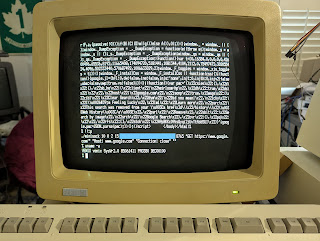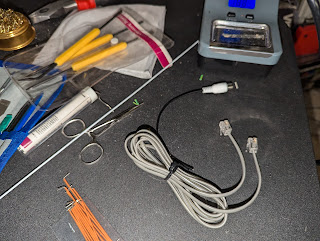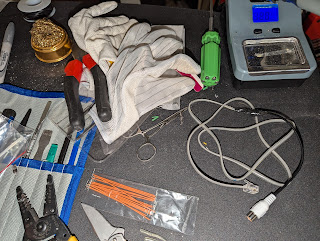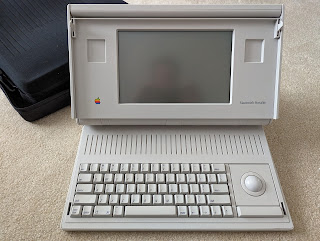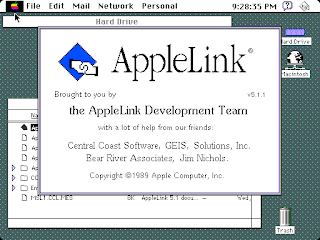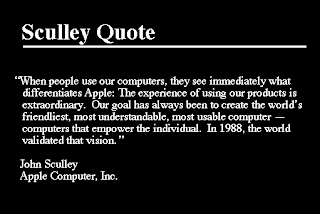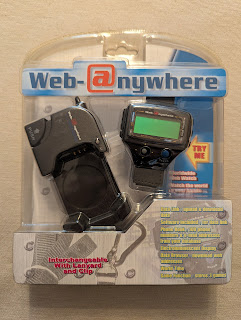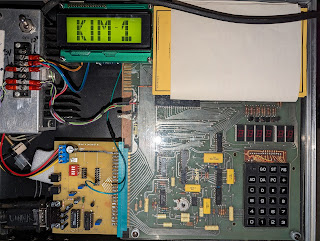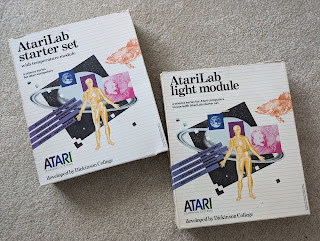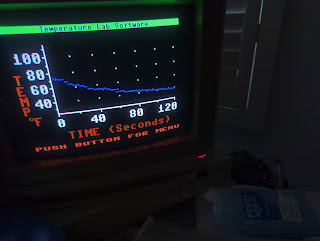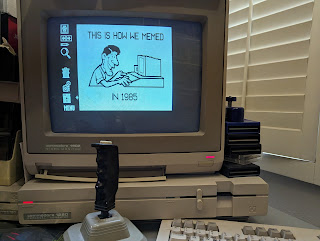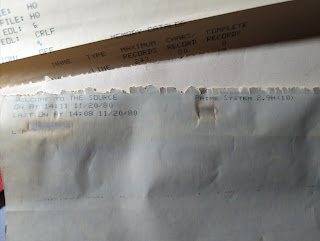I had this grand idea many moons ago about writing up a TCP/IP stack for the Commodore 64, along with a lot of other people, and several of those people eventually did so before I even wrote a single opcode of 6502 assembly. For that purpose I had bought the box set of
TCP/IP Illustrated (what would now be called the first edition prior to the 2011 update) for a hundred-odd bucks on sale which has now sat on my bookshelf, encased in its original shrinkwrap, for at least twenty years. It would be fun to put up the 4.4BSD data structures poster it came with but that would require opening it.
Fortunately, today we have AI we have many more excellent and comprehensive documents on the subject, and more importantly, we've recently brought back up an oddball platform that doesn't have networking either: our DEC Professional 380 running the System V-based PRO/VENIX V2.0, which you met a couple articles back. The DEC Professionals are a notoriously incompatible member of the PDP-11 family and, short of DECnet (DECNA) support in its unique Professional Operating System, there's officially no other way you can get one on a network — let alone the modern Internet. Are we going to let that stop us?
Of course not! Here's our barebones network stack for PRO/VENIX, the Pro's only official Unix option, downloading the Google home page on real hardware (internal addresses bleeped out) over SLIP and a
Crypto Ancienne proxy for TLS 1.3. And, as we'll discuss, if you can get
this thing on the network, you can get almost
anything on the network! Easily portable and painfully verbose source code is included.

